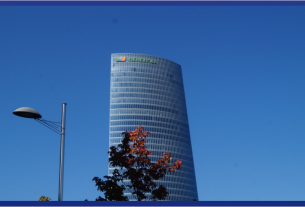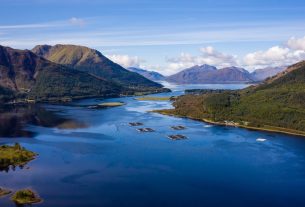In our ‘Field Diaries’ series, The Applied Ecologist is sharing stories from a range of different fieldwork experiences. In this post, Daniel Banks shares their story collecting citizen science data as part of the Surrey Wildlife Trust’s Space4Nature project.
Tell us abut yourself

My name is Daniel Banks and I work at the Surey Wildlife Trust as the Citizen Science Officer.
What project are you currently working on that you have undertaken fieldwork for?
Space4Nature is a project incorporating four partners: Surrey Wildlife Trust, University of Surrey, Buglife and Painshill Park Trust.
As lead partner, Surrey Wildlife Trust (SWT) is gathering large quantities of ground truthing data via citizen scientists drawn from SWT’s existing pool and volunteers and the wider community. This is the unique aspect of this project, and I am responsible for training, co-ordinating and deploying the volunteer parties. The botanical data they gather then used by the Centre for Environment and Sustainability at the University to program machine learning tools that will help identify and map habitats by type, county-wide.
The fieldwork runs for three flowering seasons, and so far, we have completed two years of data gathering. The focus to date has been on two vital but rare and sensitive wildlife habitats: Chalk Grassland and Heathland. For the final year the focus will be on Acid Grassland.
Some of the most memorable moments have been with the volunteers; many have become keen amateur botanists through this progress and working with them has been great. Many have taken their experiences as a springboard for future learning and conservation work. We hope this will inspire some new species recorders as well as strengthening our own species recording groups in the county.

One early concern was that many people might lack the necessary identification skills, but with plenty of training and regular exposure to the relevant species, that concern disappears – not least because we are not asking the citizen scientists to identify every plant seen, just a selection of key indicator species.
Why is this project important?
The project is important because it is hopeful that this tool will be able to predict habitat corridors and identify enabling action to be taken to create new habitats and restore other habitats. One of the key outputs of this project is to help designate land for 30 by 30, where 30% of land and sea is made safe and suitable for wildlife.
Space4Nature will have an enduring legacy and although the Surrey part of the project might end, the University-led aspect certainly will not. The team of specialists there believe the tool they are developing could potentially be used by conservationists nationwide and internationally. I hope it will lead to the protection of more land for nature and help turn the tide on biodiversity loss.

Next steps
I will have one more survey season, and then my role will change as I begin to work more closely with citizen scientists and begin to look at individual projects as the Space4Nature strategy evolves. I hope to run some more targeted projects in the future and work closely with different species, hopefully increasing their bio-abundance.
I learned to identify a whole new range of botanical species and to understand their biology. I also learnt how to use UK Hab 2.0 which has been vital in the classification of the habitats we’ve studied. I have learnt how to manage and work with large groups of volunteers closely and run interesting and engaging training sessions. I have also learnt how important machine learning is and how AI technology can be used to protect habitats.
Not least, I have learned a great deal about project management and partnership working, and as my knowledge and confidence has grown, I believe I have become a recognised and respected part of the Space4Nature project and Surrey Wildlife Trust.
Where can we find more information?
For more information about the Space4Nature project, please click on this link Space4Nature | Surrey Wildlife Trust.

